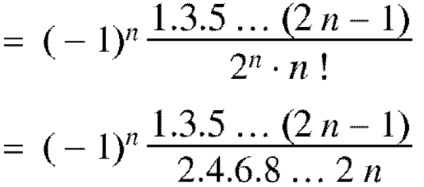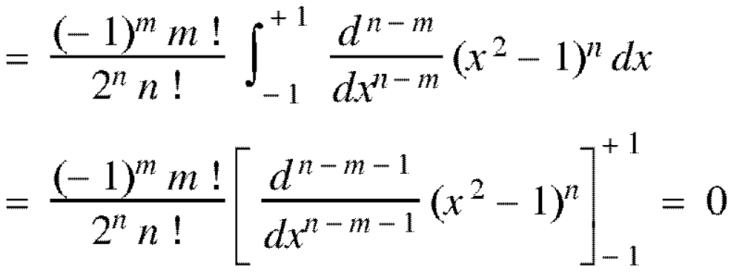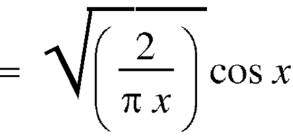Unit – 6
Ordinary differential equations of higher order
Q1) Solve the following DE by using variation of parameters-

A1) We can write the given equation in symbolic form as-

To find CF-
It’s A.E. is 
So that CF is- 
To find PI-
Here 
Now 
Thus PI = 
= 
= 
= 
= 
So that the complete solution is-

Q2) Solve the following by using the method of variation of parameters.

A2) This can be written as-

C.F.-
Auxiliary equation is- 
So that the C.F. will be- 
P.I.-
Here 
Now 
Thus PI = 
= 
= 


So that the complete solution is-

Q3) Solve 
A3) As it is a Cauchy’s homogeneous linear equation.
Put 
Then the equation becomes
[D(D-1)-D+1] y = t or 
Auxiliary equation-

So that-
C.F.=
Hence the solution is-  , we get-
, we get-

Q4) Solve 
A4) As we see that this is a Legendre’s linear equation.
Now put 
So that- 
And 
Then the equation becomes- D (D – 1) y+ Dy + y = 2 sin t

Its auxiliary equation is- 
And particular integral-
P.I. = 
Note - 
Hence the solution is - 
Q5) Solve

A5) Here we have-

Let the solution of the given differential equation be-

Since x = 0 is the ordinary point of the given equation-


Put these values in the given differential equation-


Equating the coefficients of various powers of x to zero, we get-




Therefore, the solution is-

Q6) Express  in terms of Legendre polynomials.
in terms of Legendre polynomials.
A6) 



By equating the coefficients of like powers of x, we get-




Put these values in equation (1), we get-

Q7) Show that-

A7) We know that


Equating the coefficients of  both sides, we have-
both sides, we have-


Q8) Prove that-

A8)
By using Rodrigue formula for Legendre function.


On integrating by parts, we get-



Now integrating m – 2 times, we get-


Q9) Prove that-

A9)
Put n = -1/2 in equation (1) of the above question, we get-



Q10) Prove that-

A10)
We know that- from recurrence formula

On integrating we get-

On taking n = 2 in (1), we get-

Again-


Put the value of  from equation (2) and (3), we get-
from equation (2) and (3), we get-


By equation (1), when n = 1
